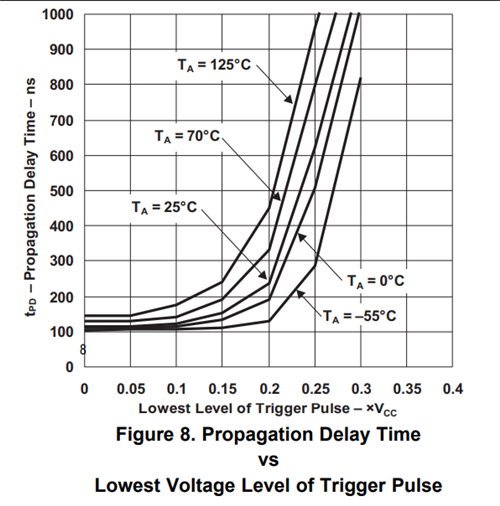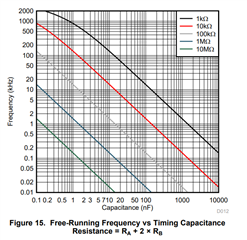Other Parts Discussed in Thread: TLC555
Hello,
SE555 defines parameters "Output-pulse rise time" and "Output-pulse fall time" in its data sheet, but what exactly do they mean?
I suspect they are rising and falling times of OUT pin signal edges at thresholds 20 - 80% or 10 - 90%, for example, but my impression says the values of 100 or 200 ns look too large for the rising and falling edges. I'm wondering if they mean somewhat a propagation delay.
Best regards,
Shinichi Yokota




